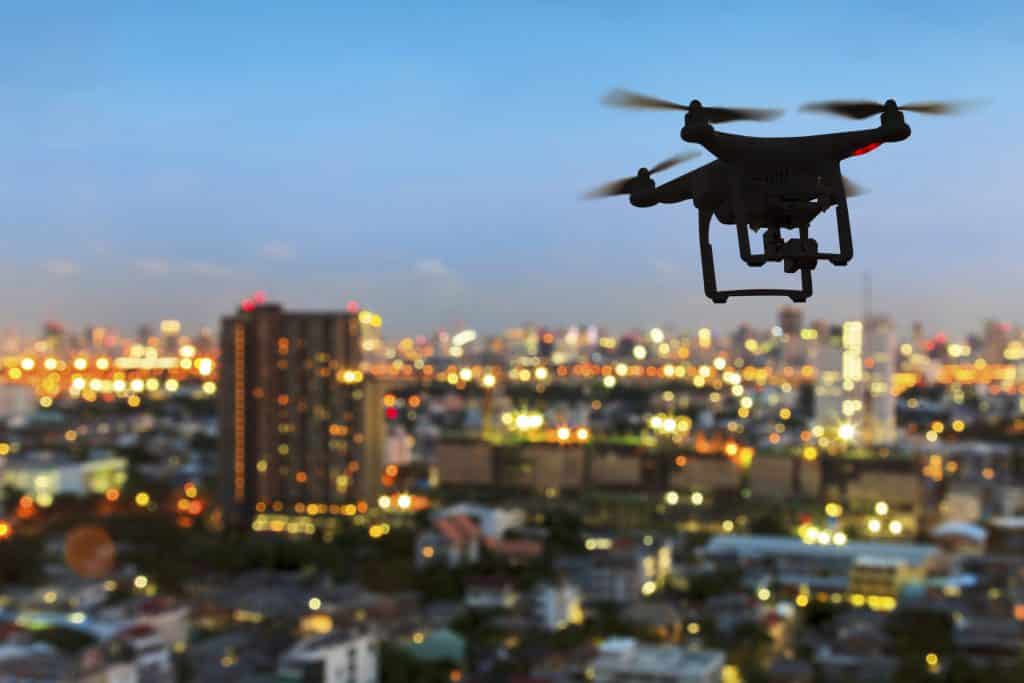
For the first time, a drone has delivered a kidney to a transplant patient in Maryland, America. The patient, who had waited eight years for a donor, received a successful transplant after a 10 minute (2.7-mile test flight) a few hours after the delivery. The US flight required a specially-designed drone which was able to maintain and monitor the organ.
The project was created by Dr. Joseph R Scalea, who also performed the transplant procedure. He told the media that he launched the venture with aviation and engineering experts from the University of Maryland after experiencing numerous organ delivery delays. In one case, an organ took 29 hours to arrive. The recipient of the transplant, Trina Glispy, was starting to lose hope that a suitable donor organ would ever be found but was discharged from hospital last week. She commented:
“This whole thing is amazing. Years ago, this was not something that you would think about.”
Some may believe that it this text may be a reckless operation with a live organ, however the University of Maryland carried out 44 test flights over 700 hours and took every possible precaution.
Anthony Pucciarella, Director of the test operation said:
“We built in a lot of redundancies, because we want to do everything possible to protect the payload.”
That included backup propellers and motors, dual batteries, a backup power distribution board, and a parachute recovery system. With all of this taken into consideration, it could be viewed that it may have been less risky than transporting the organ by ambulance and certainly quicker. Flying an organ by drone also offers certain advantages, like the ability to constantly monitor critical temperatures, ETA’s and other statistics.
Despite the advances in organ transplant procedures, there’s still a wide gap between the number of recipients on transplant waiting lists and the number of available organs. Dr. Joseph R Scalea said:
“This new technology has the potential to help widen the donor organ pool and access transplantation. Delivering an organ from a donor to a patient is a sacred duty with many moving parts. It is critical that we find ways of doing this better”
